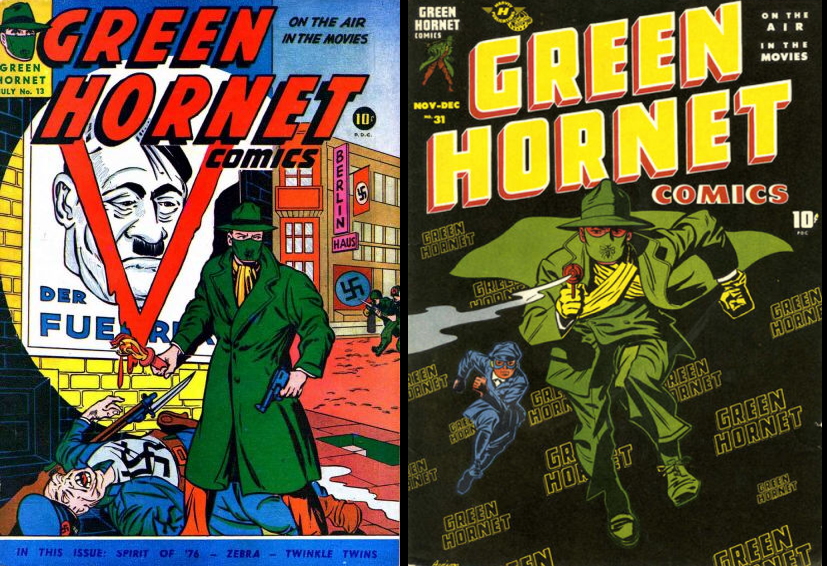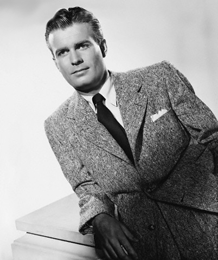Is this the most convenient superhero movie ever?
Thor: The Dark World is not the worst superhero movie ever made, but it may be the most convenient. How convenient is it? Well, let us enumerate:
- Thor (Chris Hemsworth) wields a magical hammer that is powerful enough to wipe out legions of enemies when necessary but not quite powerful enough to defeat the villainous elf Malekith (Christopher Eccleston) except after a protracted climax. Somewhat convenient for the screenwriter.
- The “aether” – the evil force used by the villain – is not powerful enough to protect the villainous elves from an onslaught in the prologue, but it is devilishly hard to defeat in the third act. Rather convenient for the screenwriter.
- After capturing the aether in the prologue, the soldiers of Asgard supposedly hide it in a place where it will never be found, but it turns out that to find it, all you have to do is look. In fact, Thor’s mortal girlfriend and all-round great scientist Jane Foster (Natalie Portman) is able to find it without even looking for it. Very convenient for the screenwriter.
- Unhinged scientist Erik Selvig has some sci-fi gizmos that he claims can stop the negative effects of the alignment of worlds that is the plot’s MacGuffin. Extremely convenient for the screenwriter.
- Perhaps sensing that #4 is too convenient, the screenwriter later has Selvig doubt his equipement will work: it was designed to detect gravitational anomalies, not create them, he abruptly opines at a crucial moment. In spite of this, Jane is able to manipulate the effects – zaping elves out of our world and into one of those aligned with Earth – by spinning a dial on a little black electronic box that looks like something you could buy at Radio Shack. This is convenience taken to the ultimate power.
Is THOR: THE DARK WORLD entertaining enough to make you suspend disbelief and overlook this convenience? Well, it ups the ante on the de rigueur superhero plot: the film is about the end of not only this world but the entire universe. Pretty exciting, huh?
Well, no. Not unless you think the sight of a long-haired blonde guy swinging a slightly ridiculous hammer is exciting. Helmsworth is an engaging on-screen presence, but Thor is a bit of a second-rate superhero. He underwent his entire character arc in THOR (from irresponsible lout to noble warrior), which leaves little left for the actor to do with the character this time, except express some mixed feelings about ascending to his father’s throne. (Because swinging a hammer on the battlefield is suitable for a superhero; sitting on a throne is not.)
But wait, there is depth of character in this movie. For instance, Thor’s sneering brother Loki (Tom Hiddleston) is not only sardonic, smug, and sinister; he is also very annoying. Selvig isn’t just smart; he’s crazy (apparently the aftereffect of his encounter with Loki in THE AVENGERS, but really just to give Stellan Skarsgard something to play). And Jane is not just beautiful but…well, smart – we know this, because she can spin that dial on the Radio Shack device.
And not only is their depth; there is also comic relief, thanks to the quirky supporting characters. The question: What does “comic relief” mean? Is it:
- Humor used to diffuse possible laughter at the wrong moment, by giving viewers the “right” moment to laugh.
- An attempt to be funny, that isn’t.
If you picked Answer #2, you probably just got through watching THOR: THE DARK WORLD.
The film’s few good moments revolve around the relatively low-key family drama. The plot contrives to get Thor and Loki working side-by-side after (SPOILER) their mother (Rene Russo) is killed, fueling their mutual desire for revenge. (END SPOILER). Lokis’s shtick is getting a bit worn-out by now, but his scenes with Thor actually generate some interest, as Thor admits he wishes he could trust his brother, and Loki responds, “Trust my rage.” The script carefully avoids going too far with the reconciliation, finding just the right note and bringing the narrative thread to a satisfying conclusion.
Which turns out to be a problem, because the film is not over at that point and must continue with that whole universe-in-peril thing, even after our interest in the character interaction has been satisfied. With no drama left to fuel the film, THOR: THE DARK WORLD relies on rote spectacle – which is not quite spectacular enough to sustain the movie all on its own (though the aether effects are pretty cool).
If you manage to sit all the way through the end, you will be treated to two of the worst “yes, there will be a sequel” moments in recent memory. The first is a simple “surprise” twist in which (SPOILERS) Loki turns out not to be dead, having someone replaced Odin (Anthony Hopkins) on the throne (which come to think of it, is extremely convenient, but let that pass).
The second is one of the Marvel Comic Book movies traditional post-credits (or in this case, mid-credits) sequences, in which two of Thor’s friends place the aether in the hands of a character named The Collector (a slightly over-the-top Bencio Del Toro). Now, if I were a Marvel Comics fan, I’m sure I would know who The Collector is, but you know what? I’m not, but it doesn’t matter, because I know exactly everything I need to know about the Collector, and so will you when you see the movie, which is two things:
- Thor’s comrades trust The Collector with the aether.
- Thor’s comrades should not trust The Collector with the aether.
Loki makes occasional comments about Thor’s lack of intelligence. If Thor okayed this plan, then Loki certainly seems to be right. (END SPOILERS)
Whatever its flaws, I don’t to give the impression that THOR: THE DARK WORLD is an absolute disaster. It’s not egregiously stupid; it’s simply dull. It’s loaded with special effects and action, but it’s all rather lifeless. The end-of-the-universe scenario never builds up any suspense, and Eccleston, though he strikes a menacing figure as Maleki is never given enough to do to create the towering portrait of evil that would dramatically energize Thor’s quest to defeat him. But at least the Thor-Loki narrative thread is worth unwinding. Too bad it’s twisted up with all the overblown blockbuster nonsense. At least it’s mildly intriguing to note that THOR: THE DARK WORLD is a superhero movie in which the superheroics are the least interesting element. The character interaction outshines the effects. If only the filmmakers had realized where the film’s true strength was…
Update: By the way, I forgot to mention that THOR: THE DARK WORLD is in 3D. Draw your own conclusions.

THOR THE DARK WORLD (Marvel Entertainment and Walt Disney Studios: November 8, 2013). 112 minutes. Rated PG-13. Directed by Alan Taylor. Screenplay by Christopher Yost and Christopher Markus & Stephen McFeely, from a story by Don Payne and Robert Rodat, based on the comic book by Stan Lee and Larry Lieber and Jack Kirby. Cast: Christ Hemsworth, Natalie Portman, Tom Hiddleston, Anthony Hopkins, Christopher Eccleston, Jamie Alexander, Zachary Levi, Ray Stevenon, Idris Elba, Rene Russo, Stellan Skarsgard, Alice Krige.








